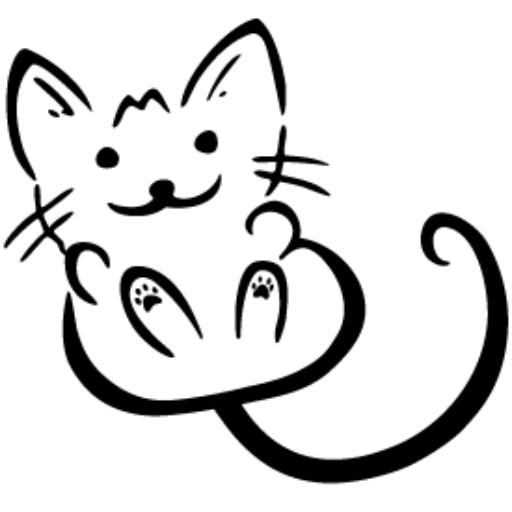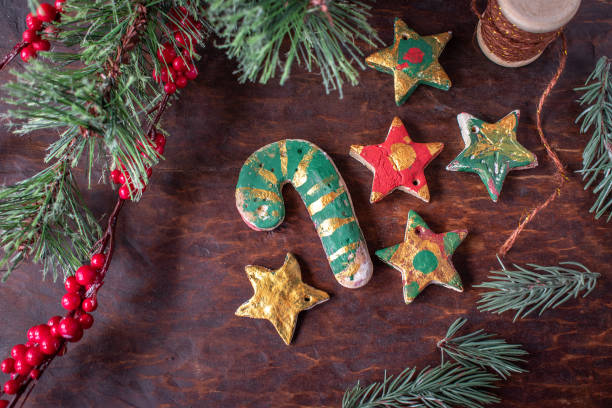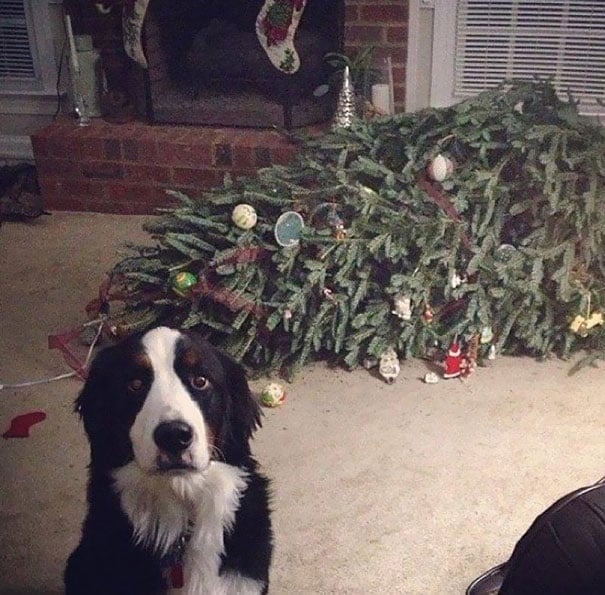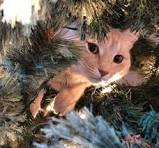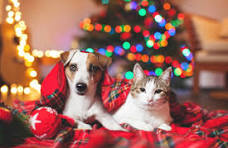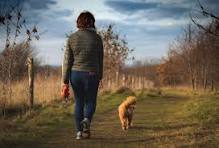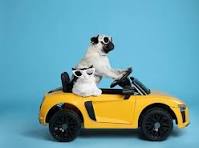
but it is also a great time to assess and upgrade best practices for transporting your dog or cat safely. Whether you’re heading to the vet or groomer, off to the park, or hitting the road for vacation, travel safely. Thousands of animals get injured and die in car accidents every year. During a collision, a 50-lb. dog riding in a 30-mph car will experience 1,500 lbs. of force if thrown from the vehicle. Newton’s first law of motion states, “a body in motion will stay in motion until acted upon by an outside force,” so even after brakes are applied, an unrestrained pet will continue 30, 40, 50 mph or more until something stops him. Sadly, what stops him may be the dashboard, seat back, or windshield, all of which can cause devastating injury.
If the pet survives the accident but is not restrained, he may escape through a window or door, broken or opened by the impact, only to end up being hit by an on-coming vehicle. According to the American Automobile Association (AAA), animals moving around in cars are the third worst distraction to drivers, ranking behind children and cell phones. Additionally, if you are injured in an accident, your protective Chihuahua, Poodle or Rottweiler might prevent paramedics from quickly offering aid out of fear of being bitten, so Animal Control may first need to be called to confine your pet. Their protectiveness may delay emergency personnel from providing you much-needed medical assistance, so restraining your pets in motor vehicles is a win-win.
